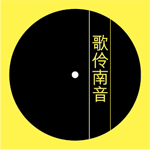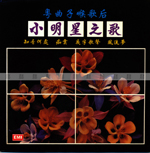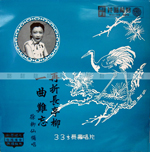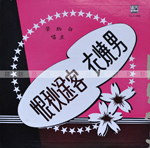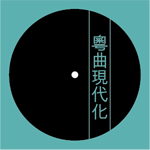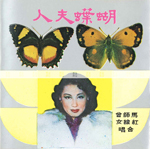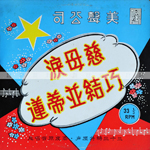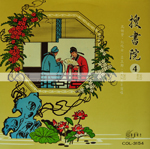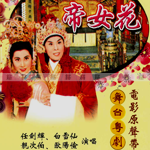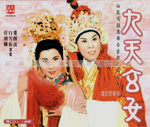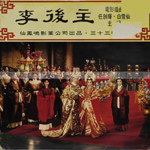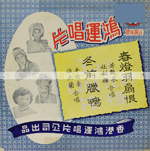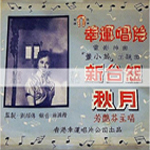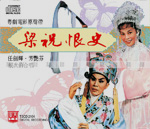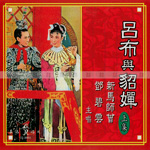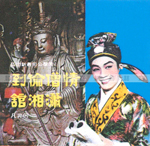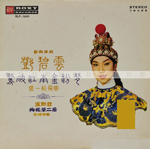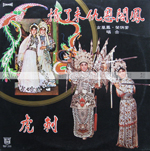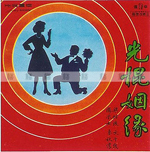Since the early twentieth century, Hong Kong has always been an important venue for Cantonese opera development. After 1949, as a result of political turmoil in the Mainland, performers and troupes converged and resettled in the territory, leading to a tremendous prospering of Cantonese opera in the subsequent decade. This development is linked intimately with the rise of the electronic media.
Performers and troupes began to grasp the possibilities offered by film and radio to re-examine age-old performance practices with regard to acting, singing, script writing, instrumentation, and stage set-up. They brought in novel elements from the theatre and movie world, and participated in the production of films and records. With these acts, they are extending the movement to modernize Cantonese opera that began in the 1930s.
Wong Jum-sum was thoroughly immersed in the world of Cantonese opera from young. Through his close encounter with master performers like Hung Sin-nui, Ma Si-tsang, Yam Kim-fai, Pak Suet-sin and Tong Dik-sang, he witnessed first hand the modernization of Cantonese opera, and was mightily moved by the adventure and passion he saw.
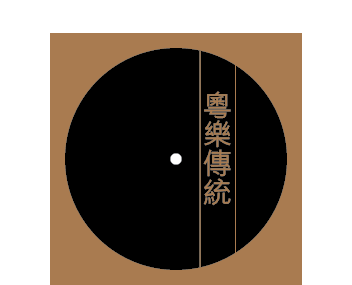
Canto pop emerged from traditional Cantonese music. However the latter was itself a constantly shifting force. As early as the 1920s, traditional Cantonese music experienced a westernization process, which saw musicians picking up the beat and instruments of western pop and jazz music to augment its sound world.
After the Second World War, the mass entertainment industries found a new footing. Across radio, films and nightclubs, there emerged a new type of Canto music variously called 'light music', 'dancing music' and 'spirit music' which doubled up the westernization impetus. The renowned 'Four Heavenly Kings' of Cantonese music were leaders of this genre.
In this section, we recommend several examples of' 'dancing music'. Among the creators and performers were Lui Man-sing, Wu Man-sum and Chung Lai-yung, all having strong connections to traditional Cantonese music. On listening to these samples, one came away with an unmistakable impression that Canto pop was busily under construction.

